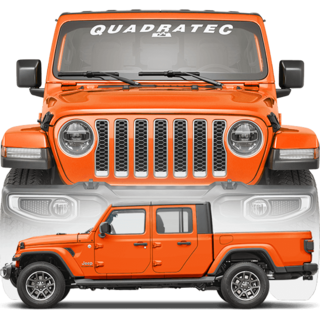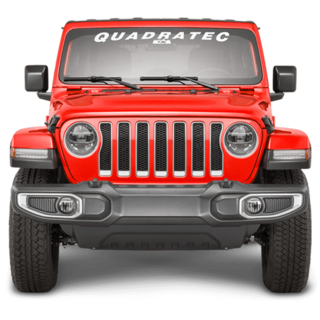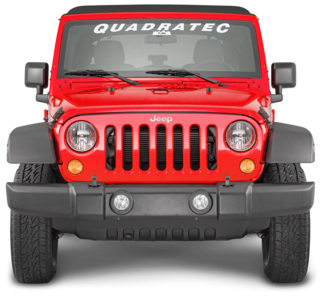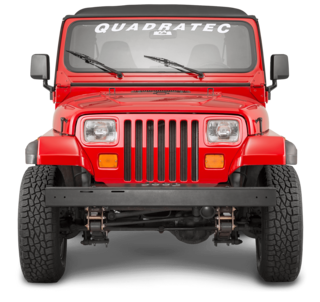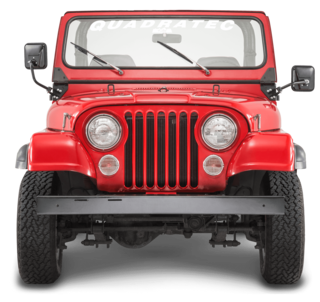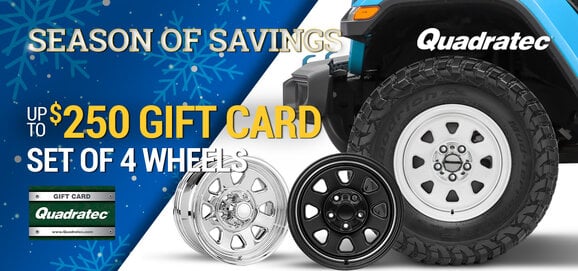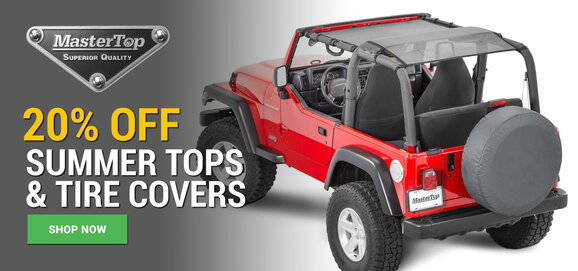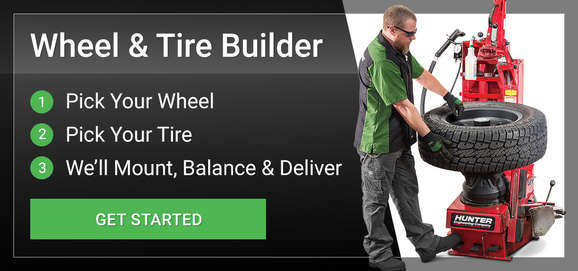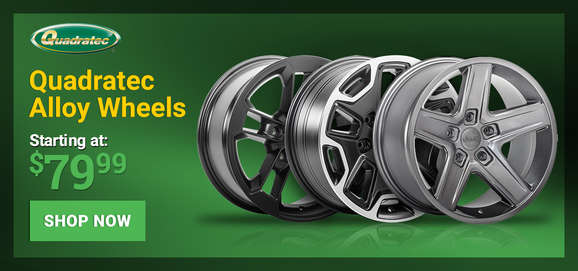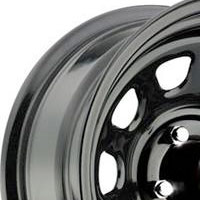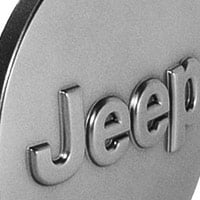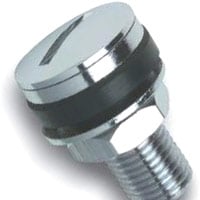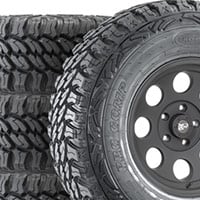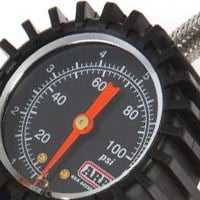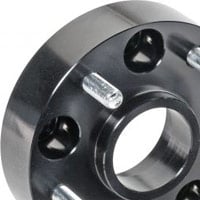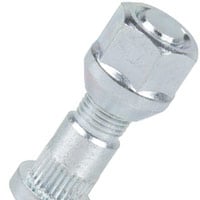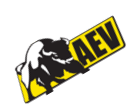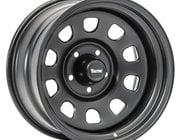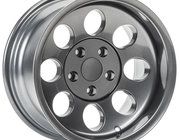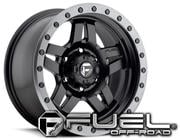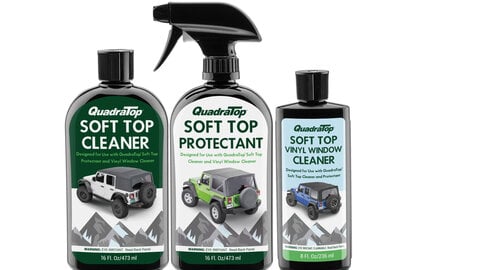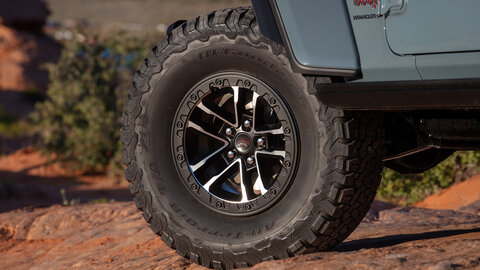Jeep Wheels, Rims & Wheel Accessories
Elevate your Jeep to the next level with wheels and rims that look incredible and deliver performance where it matters most. Whether you’re powering down backcountry trails or cruising on familiar asphalt on your way to work in a Jeep Wrangler, these wheels are designed to turn heads and create that unique Jeep experience you deserve.
Jeep wheels do so much more than just spin and look (undeniably) cool. They define your ride’s very personality with each groove and indent, and they’re a key part of unlocking your Jeep’s true potential. From the enthusiasts who chase that aggressive look with deep-dish rims to those eager to build a rig that can conquer the toughest trails with lightweight forged alloys, there’s something for everyone here. If you love a good off-road Jeep ride as much as we do, you’re well aware that the right set of wheels can change everything, whether you’re in a new JL or rocking a classic CJ.
Quadratec is the best place to buy the rims that your Jeep’s been waiting for. From top brands like Black Rhino Wheels to our own proprietary Jeep wheels, you’re looking at one of the largest inventories you can find online. Combine that with an accessible $124.99 free shipping threshold and phenomenal customer service from Jeep enthusiasts like yourself, and you’ve got the ultimate Jeep destination.
If you’re ready to ditch your factory Jeep Wrangler wheels and build the Jeep you’ve always wanted, start right here with Quadratec. With our 45-day return policy and Green and Gold shipping, there’s just no looking back.
Related Articles- December 16, 2025
- 7 min read
- December 2, 2025
- 20 min read
- November 13, 2025
- 5 min read

